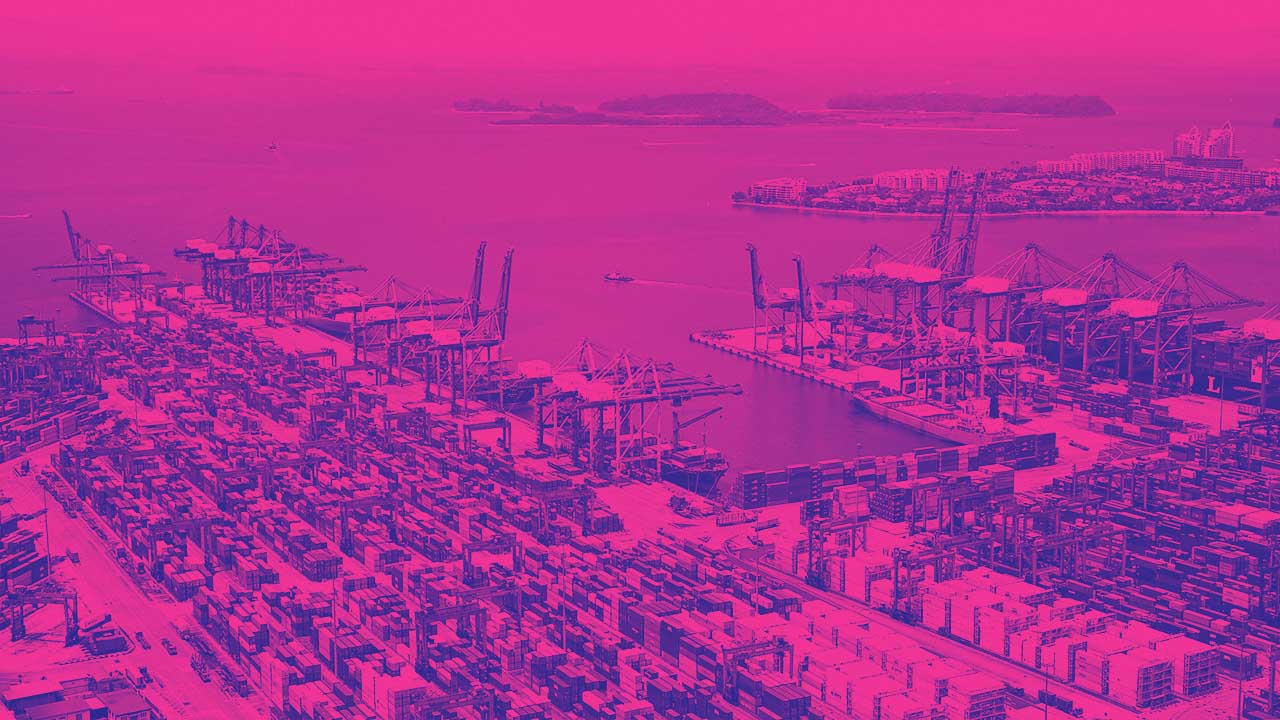S ince last week’s blog on “Cooking up a culture of resilience”, I have been asked to explain how it is possible to strengthen and build resilience into supply chains.
This is very timely since it comes hard on the heels of a new report by LNS Research which states that 40% of the leading manufacturers are looking for better supply chain metrics: particularly those relating to the quality of supply. The report also states that 77% of those leaders are unhappy with their supply chain management and are looking for new software to help them improve its resilience.
Now clearly quality of supply isn’t quite the same as resilience of supply. But the two are closely linked. There is little point having continuous supply of poor quality goods. Nor is there much point in having discontinuous supply of high quality goods. The aim is to have both: the continuous supply of the right quality goods. To achieve this, the supply chain must be resilient to the pressures which cause it to stop: something which KFC clearly failed to do this week. That means it must have a robust and effective set of processes: not only in its core operations but also in the delivery chain to its customer.
A new report by LNS Research which states that 40% of the leading manufacturers are looking for better supply chain metrics: particularly those relating to the quality of supply.
So, let’s go back to the group of leading manufacturers we referred to earlier. Whilst only 23% are happy with their supply chain management process we know enough about this group to spot some common, positive habits.
Firstly, the best manufacturers adopt some form of Shingo-based system for measuring the key components of their supply. Often these are called Daily Lading stats and consist of live measures of Quality, Safety, Delivery, Inventory and Productivity or some other such mix. Secondly, they use these stats to identify the poor performers and the outliers. Nothing new here. But it’s the third habit which causes the main improvement and thus the main difference across the group.
Traditionally (at least since Lean has been around), having identified the poor performer, the customer would work with that supplier to reduce the number of defects. So, a product review might start and conclude when some form of revised design had been created. But the more modern and effective companies do not stop there. They go on to review and improve the process between their supplier and them: the unique process which takes into account the components of the supplier’s business, the people that deliver it and the specific demands of the customer requirement.
Of course, the very best do this using our Isoma Supplier module: which simplifies, accelerates and engages both teams in the improvement process whilst allowing that to be easily replicated across any number of suppliers. Not only does this improve the Quality metric of the Daily Lading stats but it facilitates continuous improvement of the underlying Delivery process, thus optimising Inventory and Productivity at the same time. Most importantly it opens up and energises the supplier/customer debate; allowing the supplier and customer teams to work collaboratively on improving the supply issues. In this way, the whole supply chain process between any one supplier, its own suppliers and its customer can be strengthened one product at a time. By replicating this across multiple products and multiple suppliers, protracted resilience can be built into the entire supply chain.
Most importantly it opens up and energises the supplier/customer debate; allowing the supplier and customer teams to work collaboratively on improving the supply issues.
Of course, there is no need to take my word for this. We will shortly be running a webinar on the subject and in that demonstrating practically how it’s done. If you would like to be part of that, just go to this link. In the meantime, if you would like more specific help to build resilience into your supply chain, please contact us here.





